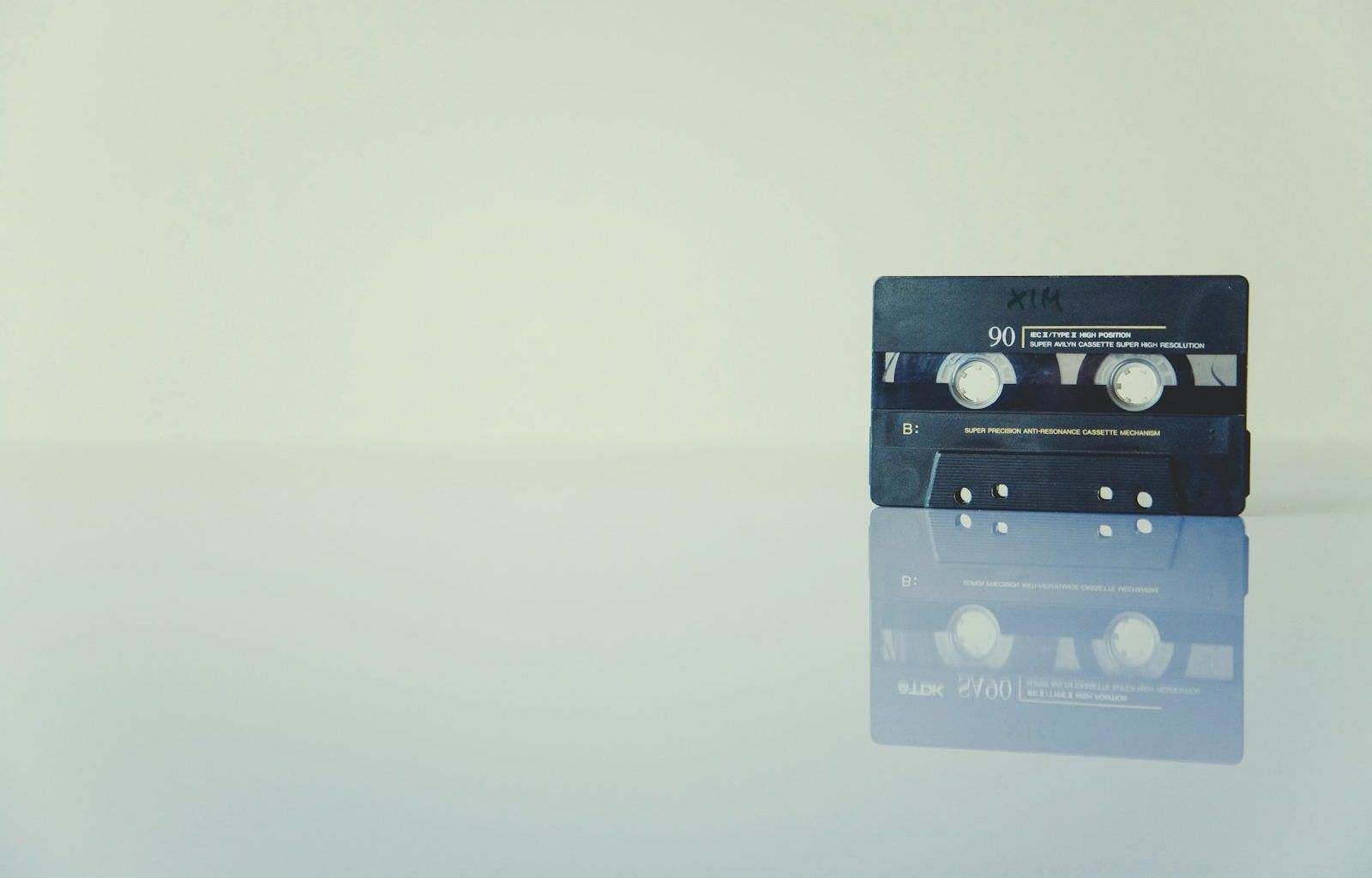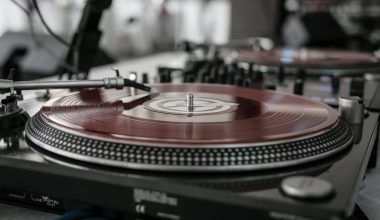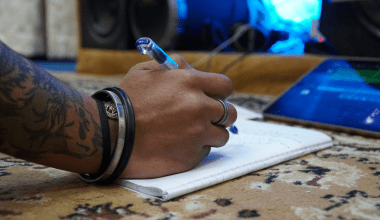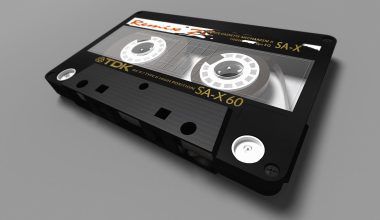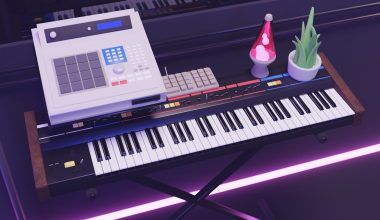Imagine watching a movie without its iconic background score or an ad that fails to grab your attention because of poorly synced music. Something feels off, right? That’s the magic of music synchronization. It’s not just about matching music to visuals; it’s about creating a seamless connection that elevates the viewer’s experience.
In this blog, we’ll dive into the fascinating world of music synchronization. From its history to its future, and the secrets of mastering it, we’ll cover it all. So, whether you’re a filmmaker, a musician, or someone who just loves the magic of music and visuals working together, this is for you.
What is Music Synchronization?
At its core, music synchronization—often referred to as “sync”—is the process of matching music to visuals. Whether it’s for films, commercials, video games, or even social media content, synchronization ensures the music complements and enhances the visuals.
For example, think of a dramatic car chase scene. The fast-paced beats and intense rhythm of the music add to the thrill, making the experience unforgettable. That’s the power of a well-executed sync.
Why is Music Synchronization Important?
Ever wonder why some ads stick in your mind while others fade away? A big part of the answer lies in music synchronization. Here’s why it’s crucial:
- Emotional Connection: Music evokes feelings. Syncing the right tune with the right moment can make viewers laugh, cry, or feel inspired.
- Enhanced Storytelling: Syncing music amplifies the narrative, adding depth and meaning to the story.
- Memorability: Iconic music-sync moments, like The Lion King’s opening sequence, stay with us forever.
- Brand Identity: In advertising, music synchronization helps brands establish a unique voice and tone.
The Evolution of Music Synchronization
From silent films accompanied by live piano to today’s AI-driven syncing tools, music synchronization has come a long way. In the early days of cinema, music was manually performed live, often improvised to match the scenes. As technology advanced, composers began scoring music directly onto film reels.
Fast forward to today, and syncing music has become a sophisticated art form. Whether it’s matching beats to jump cuts in music videos or using software to find the perfect tempo, synchronization now blends creativity with cutting-edge tech.
How Music Synchronization Enhances Storytelling
Think about your favorite movie scene. Chances are, music played a key role in making it special. Music synchronizations transforms good storytelling into unforgettable moments. For example:
- Building Tension: In horror films, the eerie background music synced with footsteps keeps us on edge.
- Highlighting Emotion: Romantic scenes often use soft, melodic tunes to tug at our heartstrings.
- Creating Contrast: Using upbeat music in a dark scene can create ironic or comedic effects.
Key Elements of Music Synchronization
Perfect synchronization is no accident. It requires attention to several elements:
- Timing: The music must align with the visuals to maintain a natural flow.
- Mood Matching: The music’s tone should complement the scene’s mood.
- Transitions: Smooth shifts in music ensure seamless scene changes.
- Dynamic Range: Adjusting volume and intensity to fit the scene ensures balance.
The Role of Music Licensing in Synchronization
Music synchronizations isn’t just about creativity; it’s also about legality. To use copyrighted music, you need a synchronizations license. This license grants permission to use the music in visual media, such as films, TV shows, or ads.
For creators, understanding licensing is vital. Whether you’re licensing a chart-topping hit or opting for royalty-free music, the right choice can make or break your project.
Challenges Faced in Music Synchronization
Achieving perfect synchronization isn’t always easy. Here are some common hurdles:
- Budget Constraints: High-quality music often comes with a hefty price tag.
- Creative Differences: Directors, composers, and editors may have differing visions.
- Technical Issues: Syncing beats to visuals requires precision and skill.
- Copyright Restrictions: Licensing delays can stall projects.
Tips to Achieve Perfect Music Synchronization
Want to master music synchronizations? Here are some tips:
- Know Your Audience: Understand the emotions you want to evoke.
- Experiment: Don’t be afraid to try different genres or tempos.
- Use Professional Tools: Software like Adobe Audition or Logic Pro can streamline the process.
- Collaborate: Work closely with composers and editors to align your vision.
For further reading, explore these related articles:
For additional resources on music marketing and distribution, visit DMT Records Private Limited.
